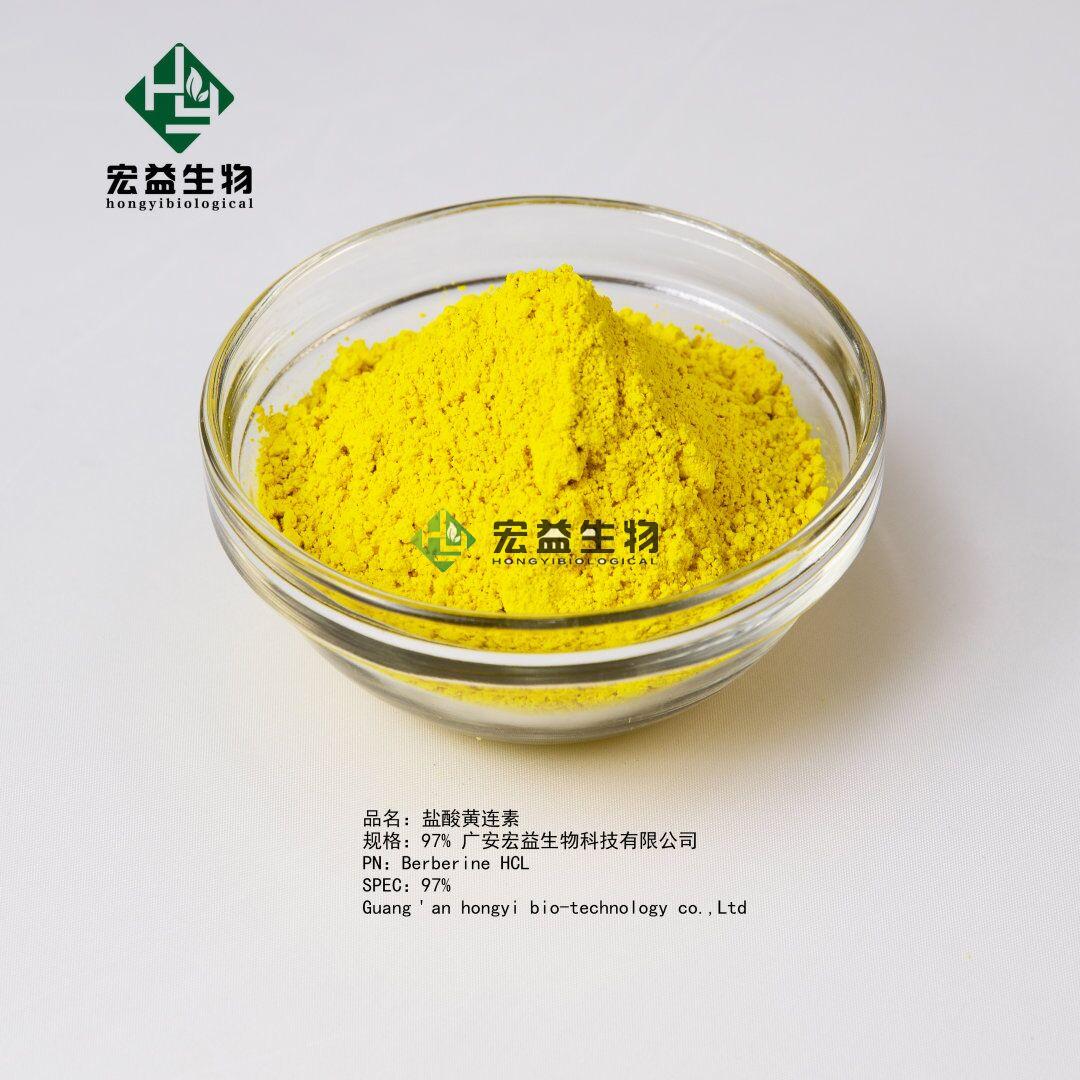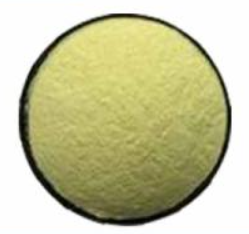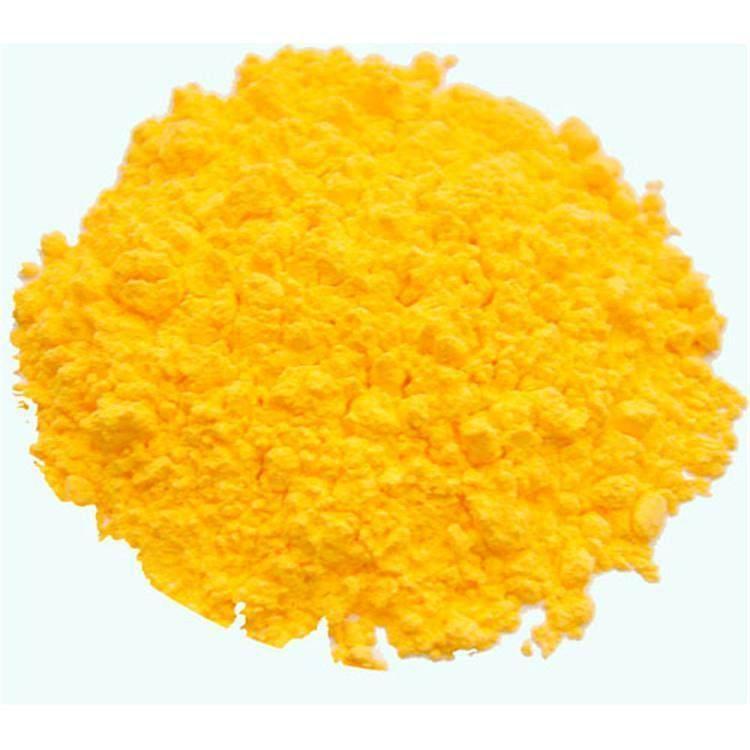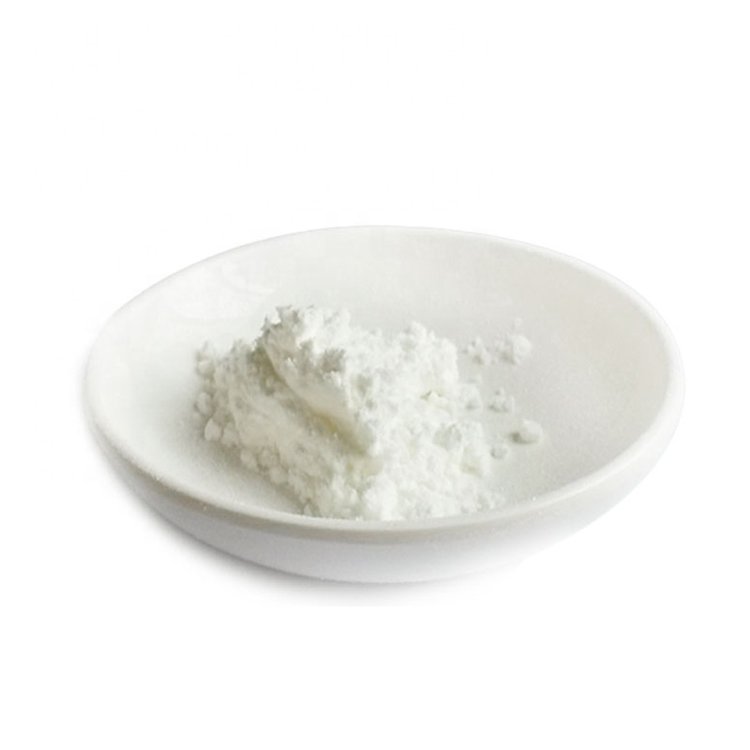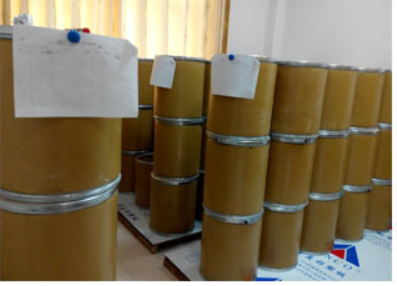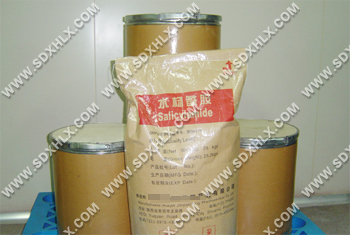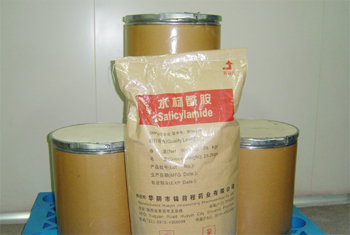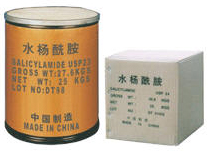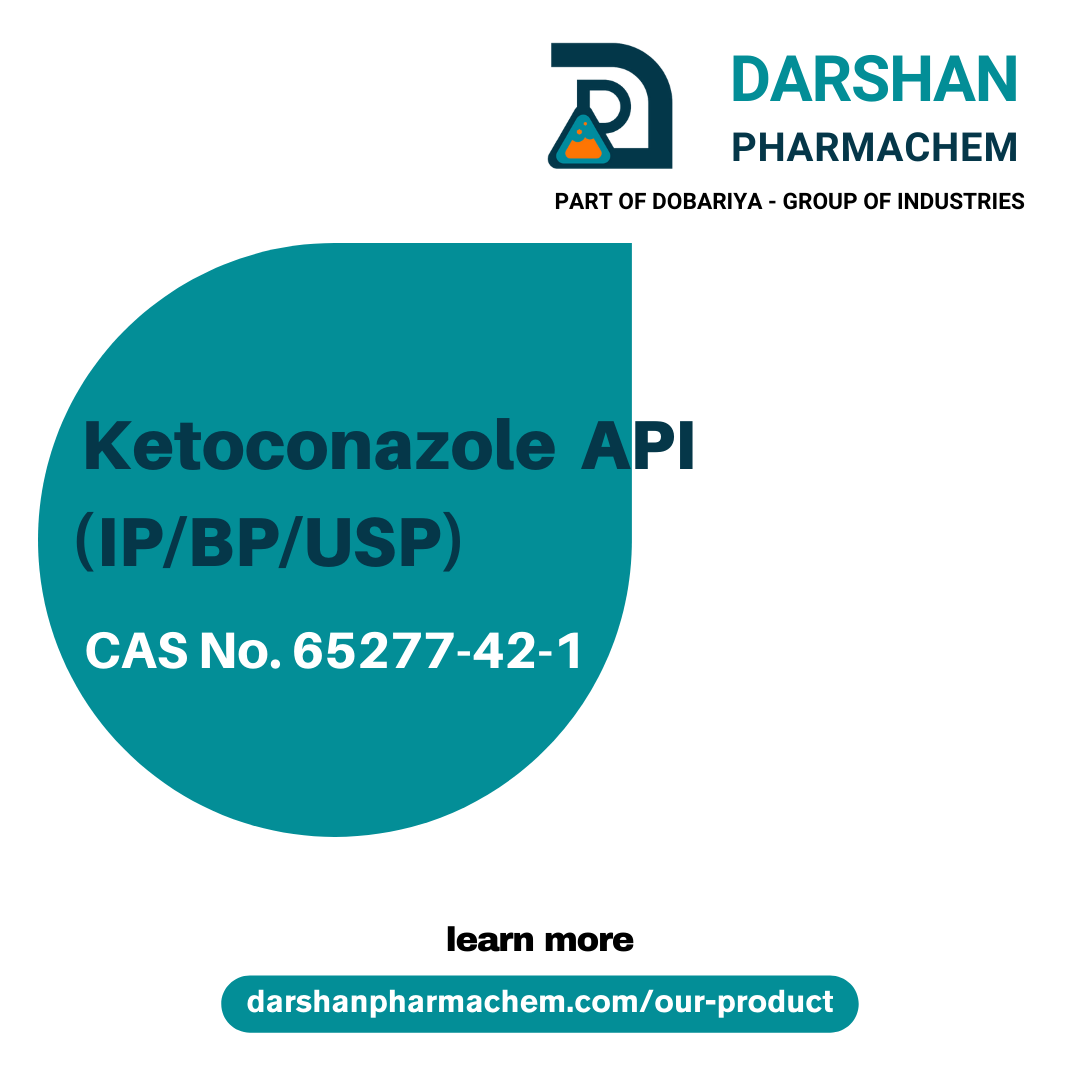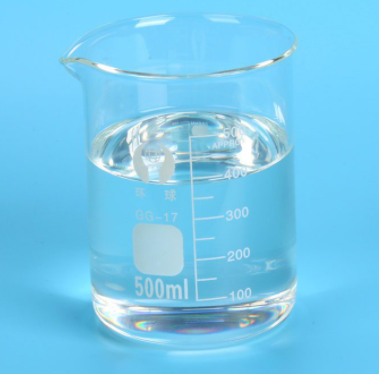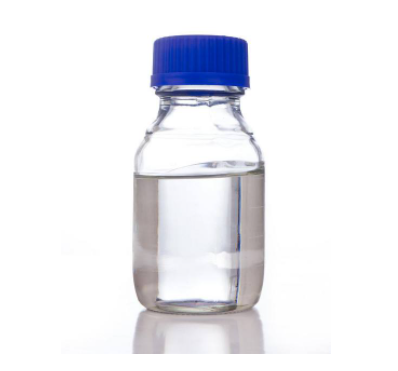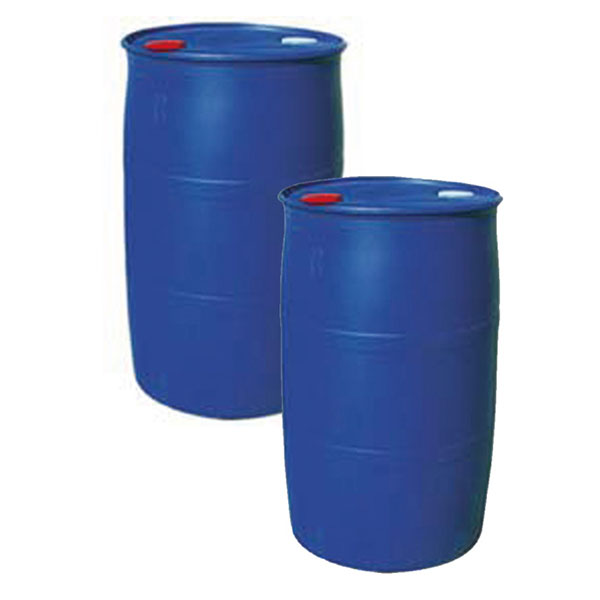API & Intermediate
Pharmaceutical Raw Materials
Veterinary API
Antiallergic Drugs
Hormones and Endocrine Drugs
Drug Metabolism
Pharmaceutical Intermediates
Synthetic Anti Infective Drugs
Specialty Drugs
Vitamins and Minerals Medicines
Feed Drug Additive
Antineoplastic Agents
Nervous System Drugs
Respiratory Drugs
Diagnostic Agents
Anti Stress Drugs
Antipyretic Analgesics
Antiparasitic Drugs
Circulatory System Drugs
Biochemicals
Blood System Drugs
Immune System Medication
Pharmaceutical Excipients
Fluid, Electrolyte, and Acid-Base Balance
Urinary System Drugs
Antibiotics
Anesthetic Agents
Inhibitors
Other Chemical Drugs
Digestive System Drugs
Find
7127
related chemicals for you
CAS:633-65-8
Molecular Formula:C20H18ClNO4
Alias
More Information
Berberine Chloride; Berberinium Chloride; Berberine Hydrochloride; Berberine (Chloride); Unii-Uot4O1Byv8; Berberin Hydrochloride; 9,10-Dimethoxy-5,6-Dihydro-[1,3]Dioxolo[4,5-G]Isoquinolino[3,2-A]Isoquinolin-7-Ium Chloride; Benzodioxide
Brief Introduction
Berberine hydrochloride has been used in clinic for a long time as antipyretic and antibacterials. Berberine hydrochloride has inhibitory effect on Shigella dysentery, Escherichia coli, Diplococcus pneumoniae, Staphylococcus aureus, Streptococcus, typhoid bacillus and Amoeba protozoa. It is commonly used in the treatment of bacillary dysentery, acute gastroenteritis, chronic cholecystitis, conjunctivitis, suppurative otitis media and other diseases, and has significant curative effect. Berberine hydrochloride is an isoquinoline alkaloid, which exists in many plants such as Berberidaceae.
Suppliers
View More Vendors (5) >
CAS:63968-64-9
Molecular Formula:C15H22O5
Alias
More Information
Qhs; Qinghosu; Qinghausu; Arteannuin; Qinghaosu; Artemisinine; Huanghuahaosu; Artemisine; (+)-Artemisinin; Artemisinina
Brief Introduction
It is used as an antimalarial for the treatment of multi-drug resistant strains of falciparum malaria.
Suppliers
View More Vendors (5) >
CAS:65-45-2
Molecular Formula:C7H7NO2
Alias
More Information
2-Hydroxybenzamide; Salicylamide O-Hydroxy
Brief Introduction
Salicylamide is the common name for the substance o-hydroxybenzamide, or amide of salicyl. Salicylamide is a non-prescription drug with analgesic and antipyretic properties. It has similar medicinal uses to aspirin. Salicylamide is used in combination with both aspirin and caffeine in the over-the-counter pain remedies
Suppliers
View More Vendors (5) >
CAS:65277-42-1
Molecular Formula:C26H28Cl2N4O4
Alias
More Information
Ketoderm; Fungoral; KETO; Brizoral; Onofin K; Nizral; Fungarest; Nizoral; Kw-1414; Fitonal; ,3-Dioxolan-4-Yl)Methoxy)Phenyl)-,Cis-; Ketoconazol; Ketoisdin
Brief Introduction
Inhibits cytochrome P-450 dependent steps in the biosynthesis of steroid hormones in vivo. Antimetastatic and antineoplastic activity. Orally active 5-lipoxygenase and thromboxane synthase inhibitor.
Suppliers
View More Vendors (5) >
CAS:67-68-5
Molecular Formula:C2H6OS
Alias
More Information
Sulfinylbis (Methane); DMSO; Methane, Sulfinylbis-; (Methylsulfinyl)Methane; Methyl Sulfoxide
Brief Introduction
Dimethyl Sulfoxide is a highly polar organic liquid that is used widely as a chemical solvent and a free radical scavenger. It shows a range of pharmacological activity including analgesia and anti-inflammation. Because of its ability to penetrate biological membranes, it is used as a vehicle for topical application of pharmaceuticals. It is also used to protect cells and tissue during cryopreservation and has been used to treat extravasation damage caused by anthracycline-based chemotherapy.
Dimethyl sulfoxide appears as a clear liquid, essentially odorless. Closed cup flash point 192°F. Vapors are heavier than air. Contact with the skin may cause stinging and burning and lead to an odor of garlic on the breath. An excellent solvent that can transport toxic solutes through the skin. High vapor concentrations may cause headache, dizziness, and sedation.
Suppliers
View More Vendors (5) >
<Invalid Value>
99.9
/
Pharm Grade
225kg
/
Plastic Drum
<Invalid Value>
99.9
/
Pharm Grade
225kg
/
Plastic Drum
Inquiry (
10
/ 10
)
Clear All
You can inquire for up to 10 products at a time
Sign In
Error!

